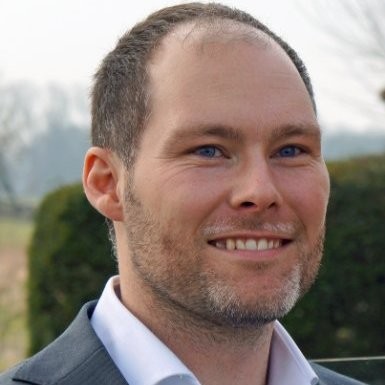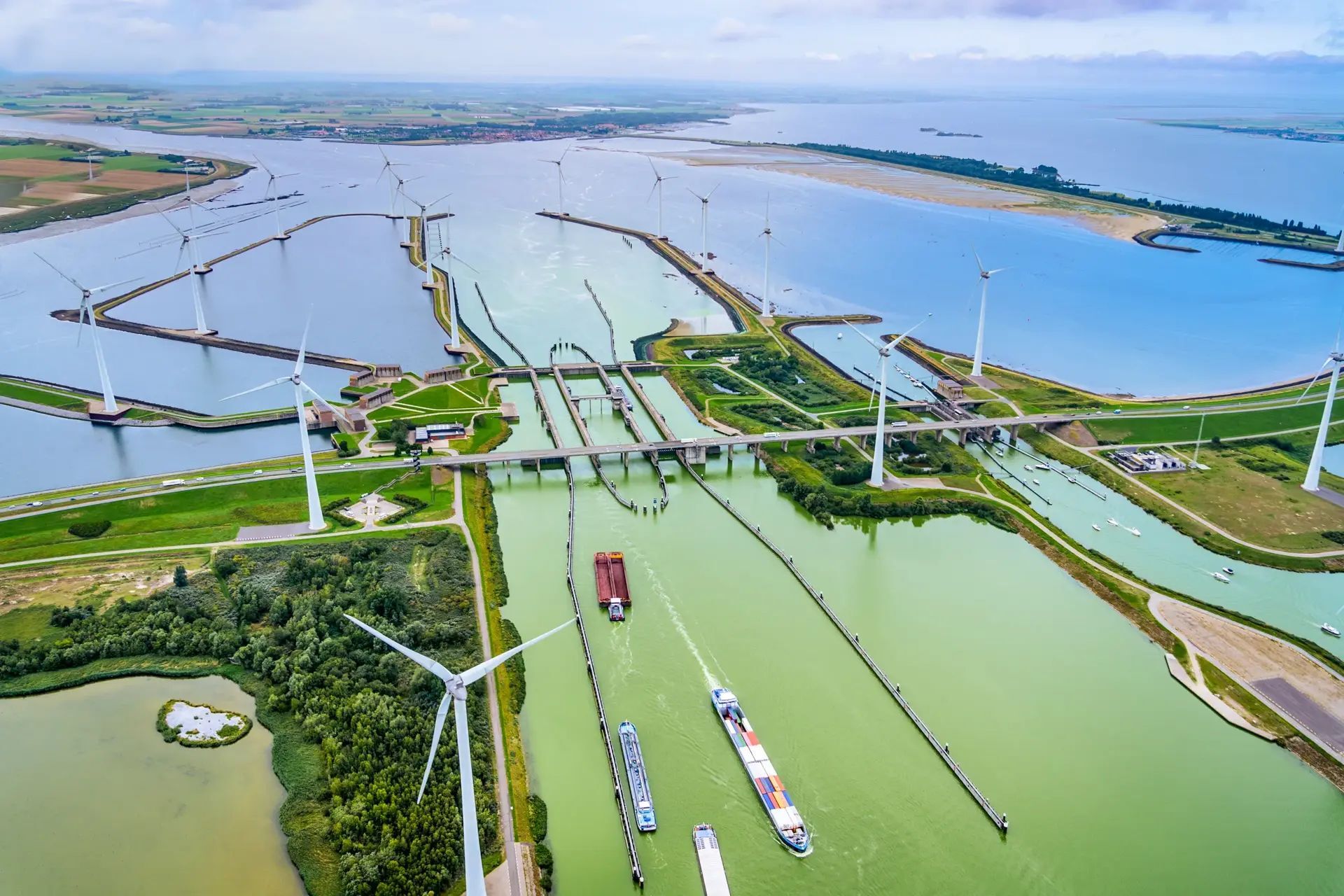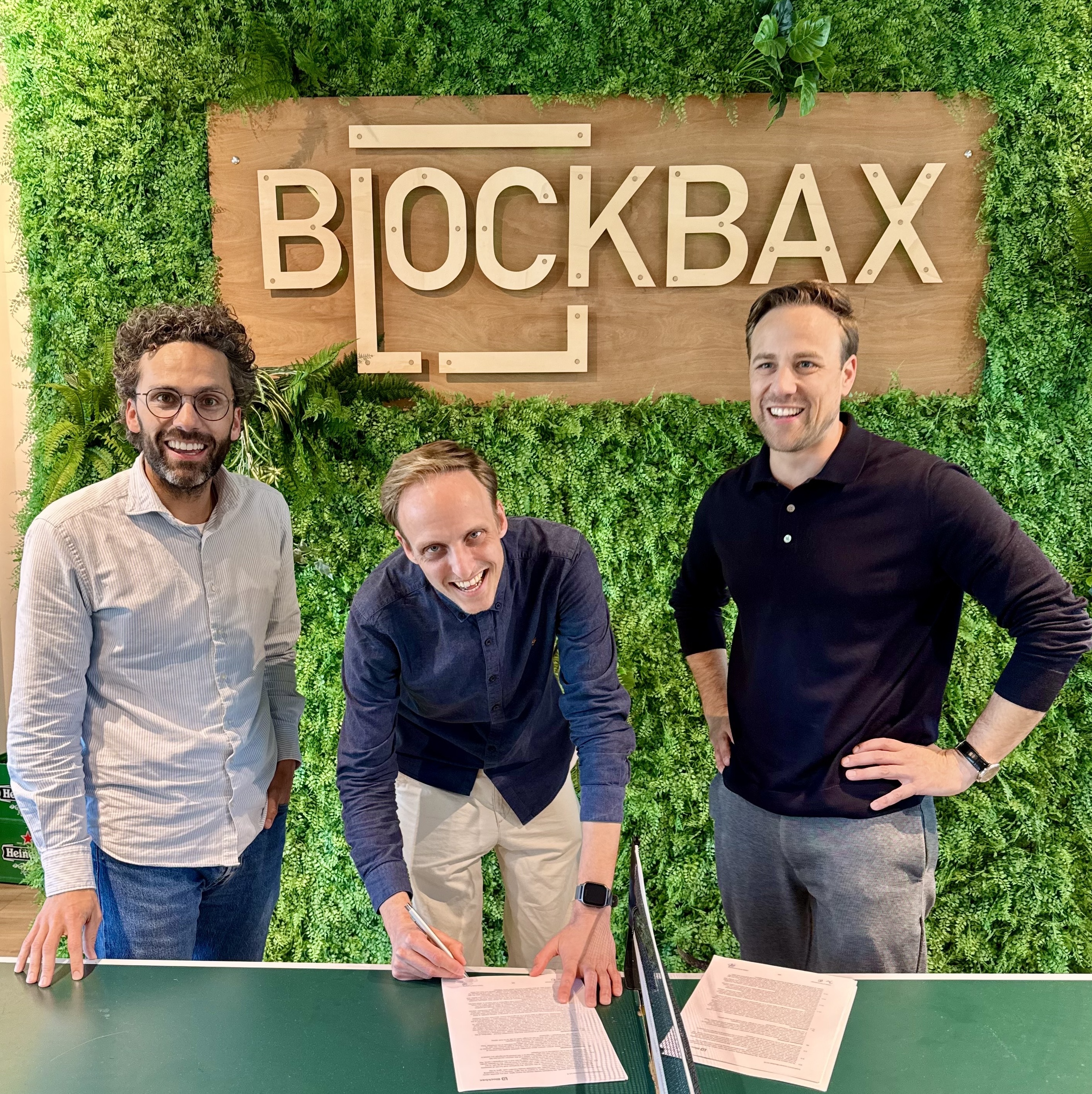May 22, 2025 · 4 min read
From data to decisions: how asset maintenance is becoming truly data-driven
Across the Netherlands, hundreds of bridges, tunnels, roads, and locks built in the 1950s, 60s, and 70s are reaching the point of major renovation. For Rijkswaterstaat, the challenge is much more than a technical one. It’s a complex puzzle where collaboration, technology, policy, financing, and sustainability all intersect.
Innovative technology - smartly implemented through close partnerships with market leaders - is critical to securing the future of our vital infrastructure.
Data-driven asset management: building on experience
For several years, Rijkswaterstaat has been working closely with five leading contractors under the Data-driven Asset Management program (DGAM). Together, they are applying lessons learned from real-world experiments to raise the bar.
By combining operational data with deep domain expertise, organizations are unlocking real-time, objective insights - directly supporting the smarter deployment of scarce technical talent. But to truly make an impact, these insights must reach the people who keep our assets running: asset engineers, maintenance technicians, and operations managers.
Embracing the uniqueness of every asset
Every bridge, lock, and tunnel have its own story - a unique mix of components, technical conditions, and usage patterns. As we take the next step, it’s critical to capture these unique characteristics in a standardized way, turning raw data into practical, daily action across the asset lifecycle.
Today, many organizations still rely on a patchwork of systems focused on individual assets - bridges, pumps, locks, or ventilation systems. Data is collected, dashboards are created… but often, these dashboards serve management reporting more than daily operations.
The result? Lots of data, but not enough action-driven insights for the people in the field.

Brendan Kleer
Strategic Asset Manager
Croonwolter&Dros
"From the digitalization strategy at Croonwolter&dros, reusability is essential for monitoring projects across tunnels, bridges, and locks. For each asset, we work with a standardized approach based on reusable building blocks. This ensures that our teams can adopt and scale these projects quickly and effectively."
Putting people at the center of monitoring
At Blockbax, we believe the future of data-driven asset management starts with people, not just technology. Maintenance technicians need immediate, clear answers: Is this fault urgent? What’s the best next step? That requires smart, intuitive monitoring tailored to the expertise, context, and needs of field teams.
That’s why we promote a self-service approach - empowering users to define what data matters, how it’s visualized, and what actions should follow. No waiting on BI teams or IT departments: insights flow directly to where they drive the most value.

Sander van Ruijven
Project Lead Digitalization Playbook
Centrum voor Ondergronds Bouwen
"Data from sensors or control systems is valuable, but without context, it remains just an isolated data point. Its true power only emerges when information from different systems is integrated, giving us a full picture. And people remain at the center: it’s not the technology that makes the decision, but the professional who, with the right information, makes the right choices."
From reactive to predictive maintenance
By making real-time data accessible and meaningful at every level, teams can move from reactive firefighting to proactive - and even predictive - maintenance. Anomalies are spotted sooner. Maintenance is scheduled more intelligently. Failures are prevented before they cause disruption.
It’s a smarter, safer, and more strategic way to manage critical infrastructure.
Ready to take the next step?
Governments and contractors share a clear ambition: smarter asset management through smarter use of data. The challenge lies in turning complex, fragmented information into clear, actionable insights for everyday use.
At Blockbax, we’re proud to help organizations make that leap - from static dashboards to dynamic workflows, from siloed systems to unified platforms. And most importantly: from data to daily action.
We’re happy yo think along with you. Get in touch with our team


